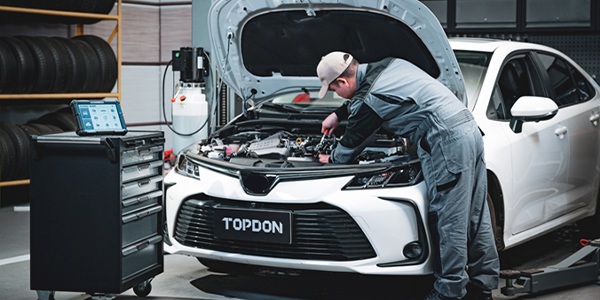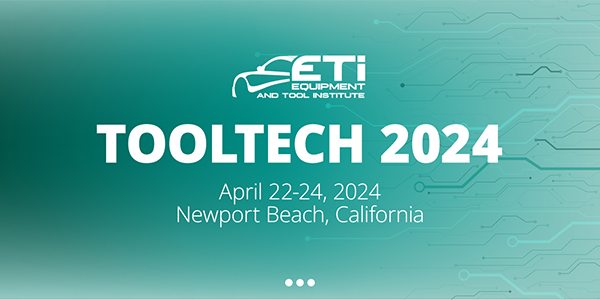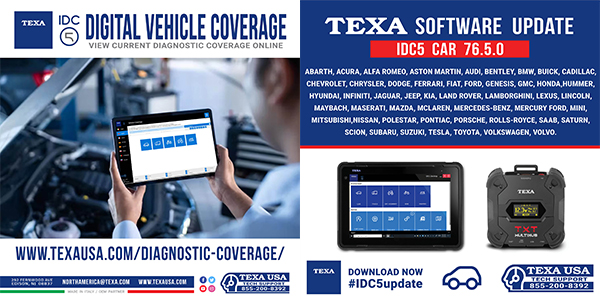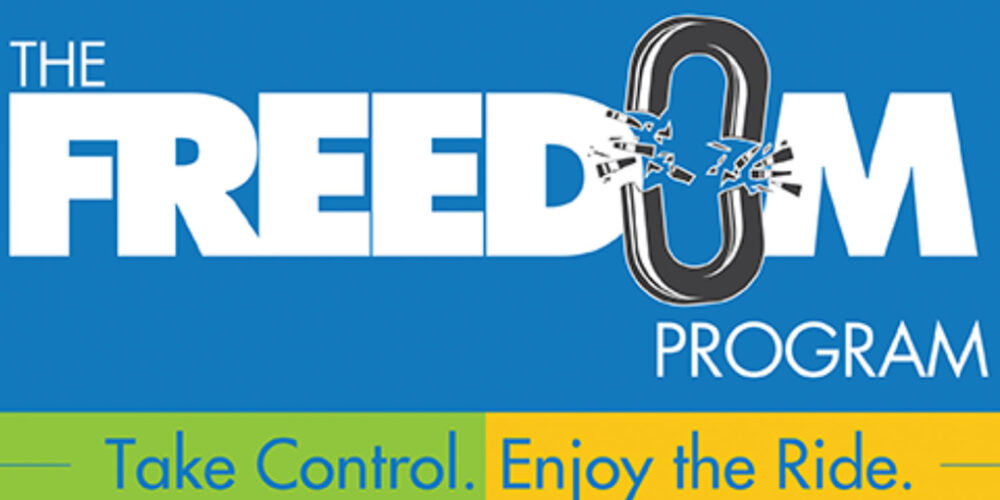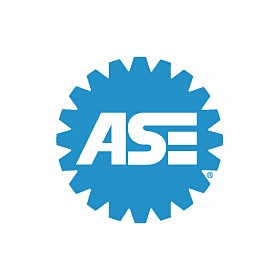
ISN Expands Freedom Program for Mobile Tool Dealers
ISN’s Freedom Program is designed to provide experienced, successful mobile tool dealers with support to become an independent mobile dealer and expand their growth.
Integrated Supply Network (ISN) said it has expanded its Freedom Program for mobile tool dealers.
ISN’s Freedom Program is designed to provide experienced, successful mobile tool dealers with support to become an independent mobile dealer and expand their growth. The program provides businesses with all the sales, marketing, purchasing and financial support needed to excel as an independent mobile tool dealer, according to ISN.
Brake Lathe Basics
Resurfacing drums and rotors is a machining process with its own specific guidelines.
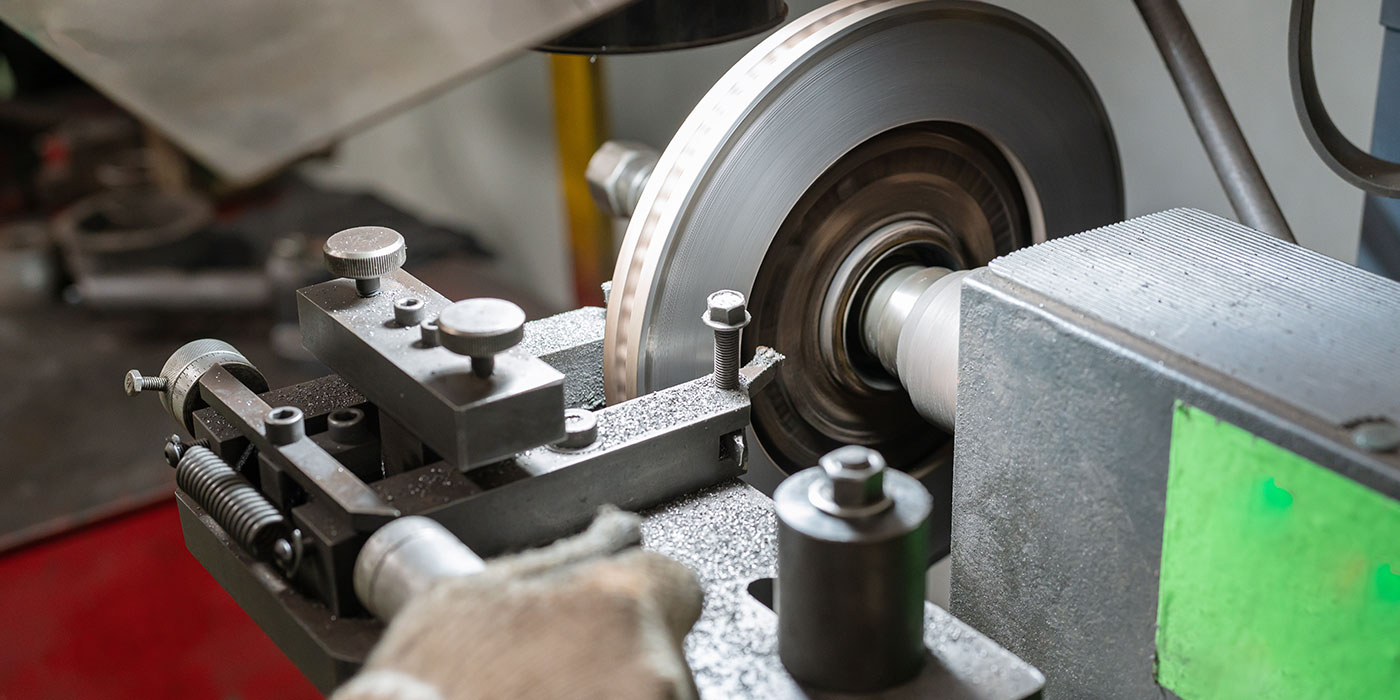
Refrigerant Oil Has to Be Right
Oil type is just as important as oil capacity.
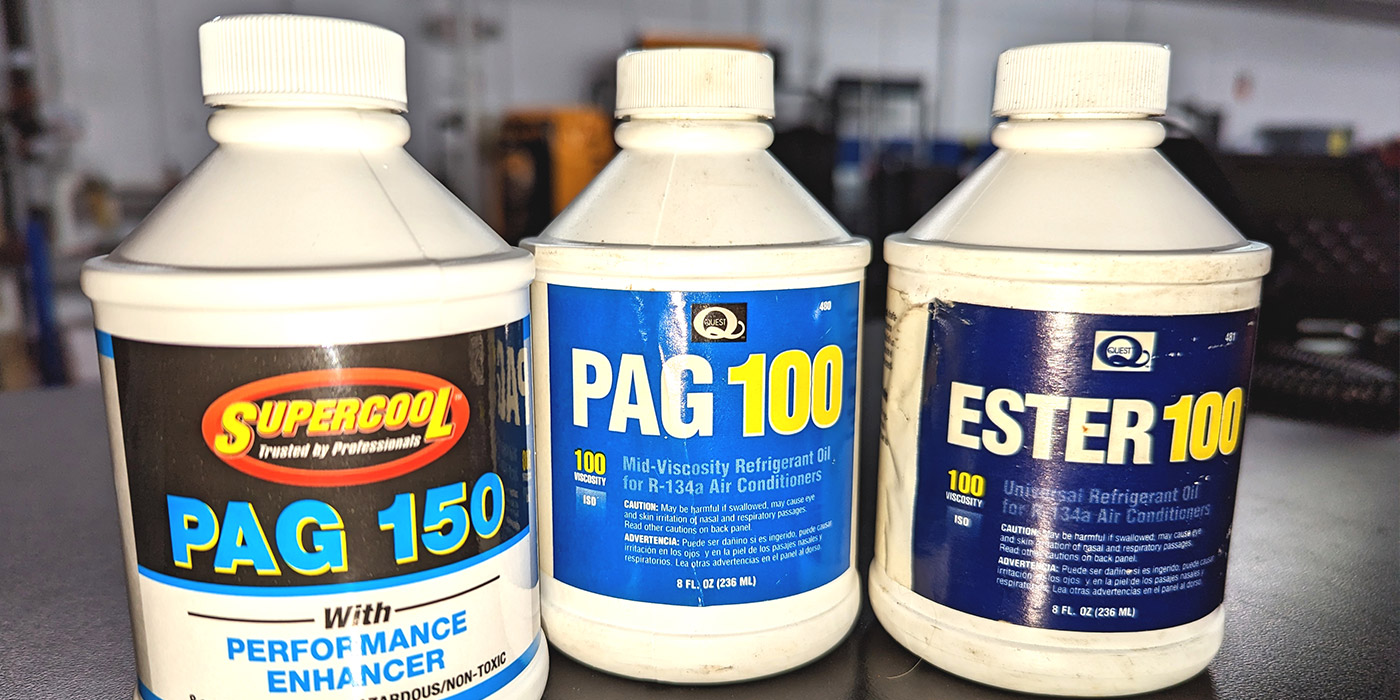
Top 5 Tools: Steve Coffell, Auto World, Hazelwood, MO
Steve Coffell, a technician at Auto World in Hazelwood, MO, says his Top 5 Favorite Tools are: Related Articles – Lisle Low Profile Fuel Line Disconnect – Dent Fix Soft-Shock Mallet DF-SM76 Reduces Damage – New ProMAXX Diesel Fuel Injector Seal Puller/Saver ProKits OTC Genisys Touch – Quick scan, bidirectional control Snap-on VANTAGE Pro
Wheel Bearing Adjustment Tools & Equipment
A wheel bearing that’s out of adjustment can reduce bearing life and can affect more than just the bearing. It’s important to adjust the wheel bearing endplay to the proper specifications. If the bearing set is adjusted too loose or too tight, it can cause the bearing to fail prematurely. There are a few types of assemblies, so using correct procedures and tools will ensure a comeback-free wheel bearing installation.
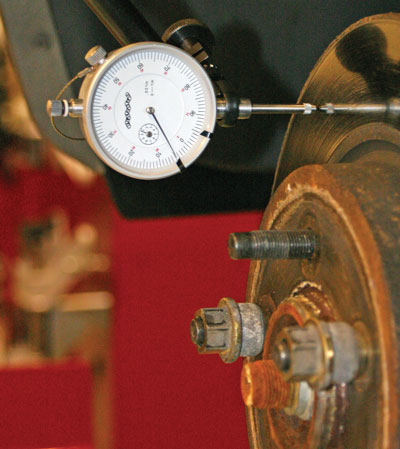
Other Posts
Snap-on Continues to Offer Free Weekly Product Training Sessions
The online training and question and answer sessions are free of charge.
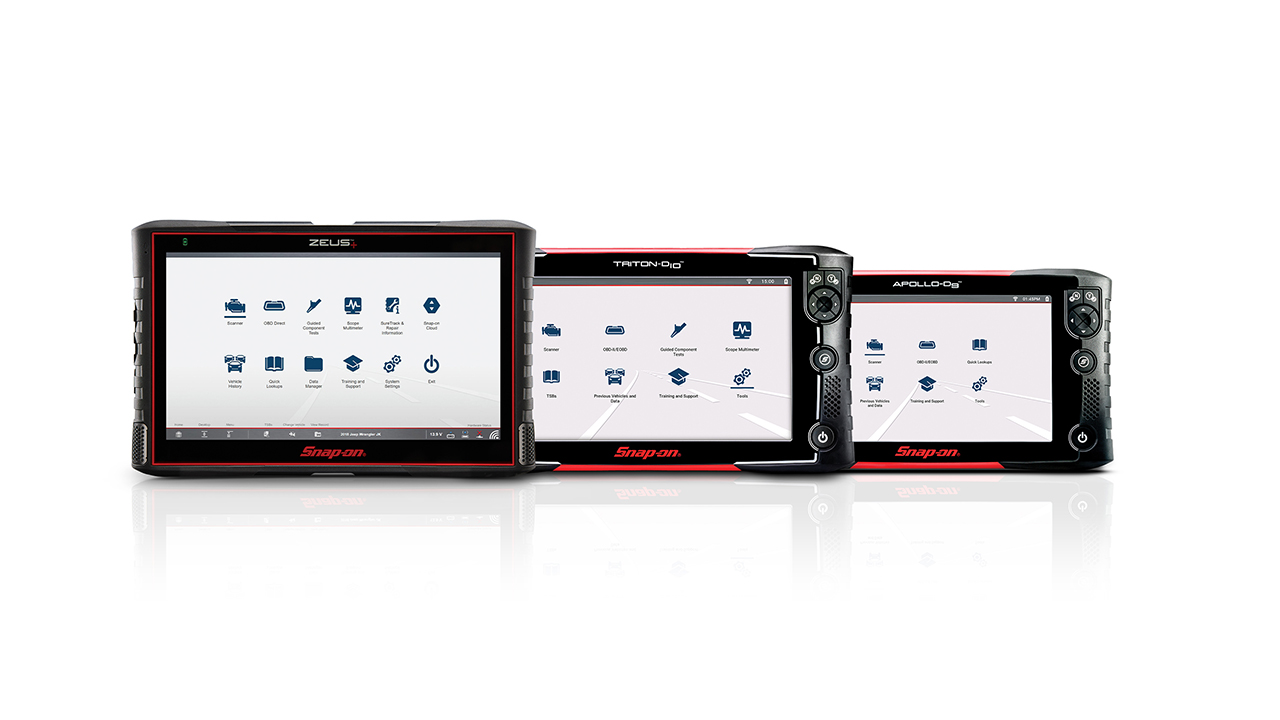
TechShop, ShopOwner Offer $50 For Good Guesses
Guess the Tool for a chance at cold hard cash!
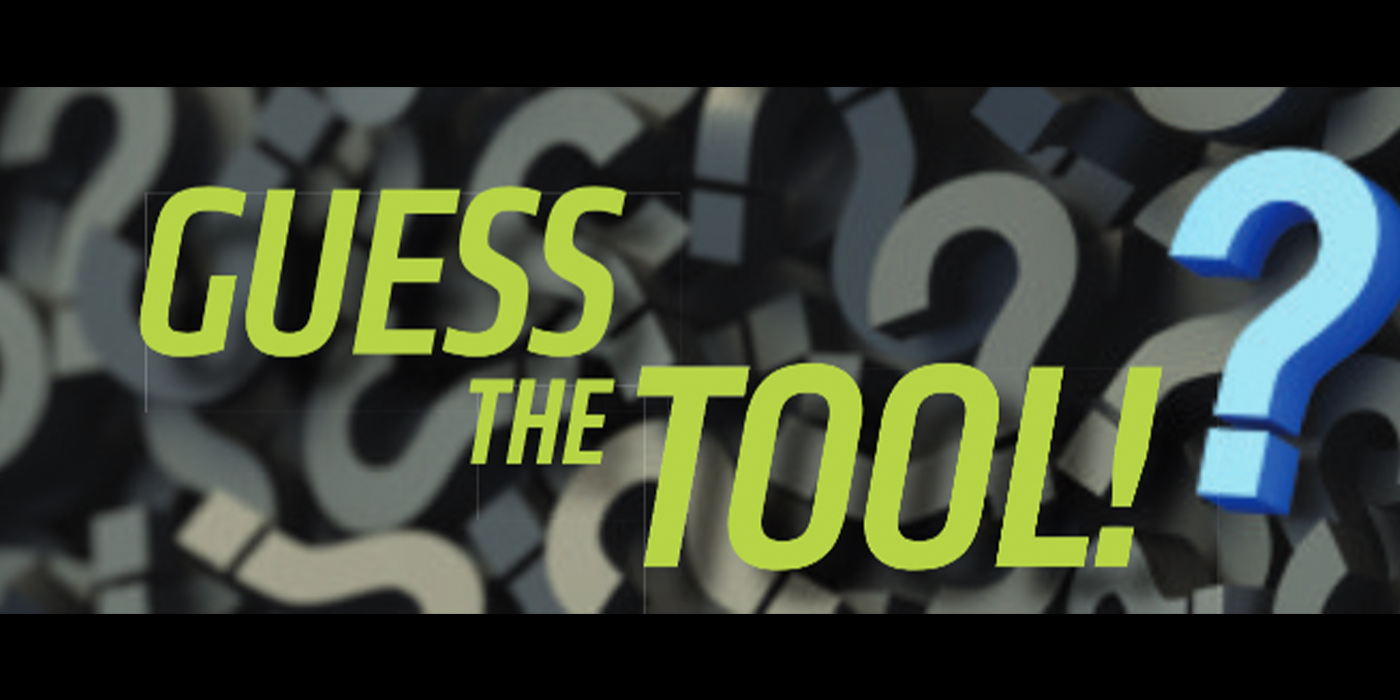
TS Toolbox Guide February 2024
Here’s a look at some of the core feature and modern frills to consider when it’s time to move into a new office.
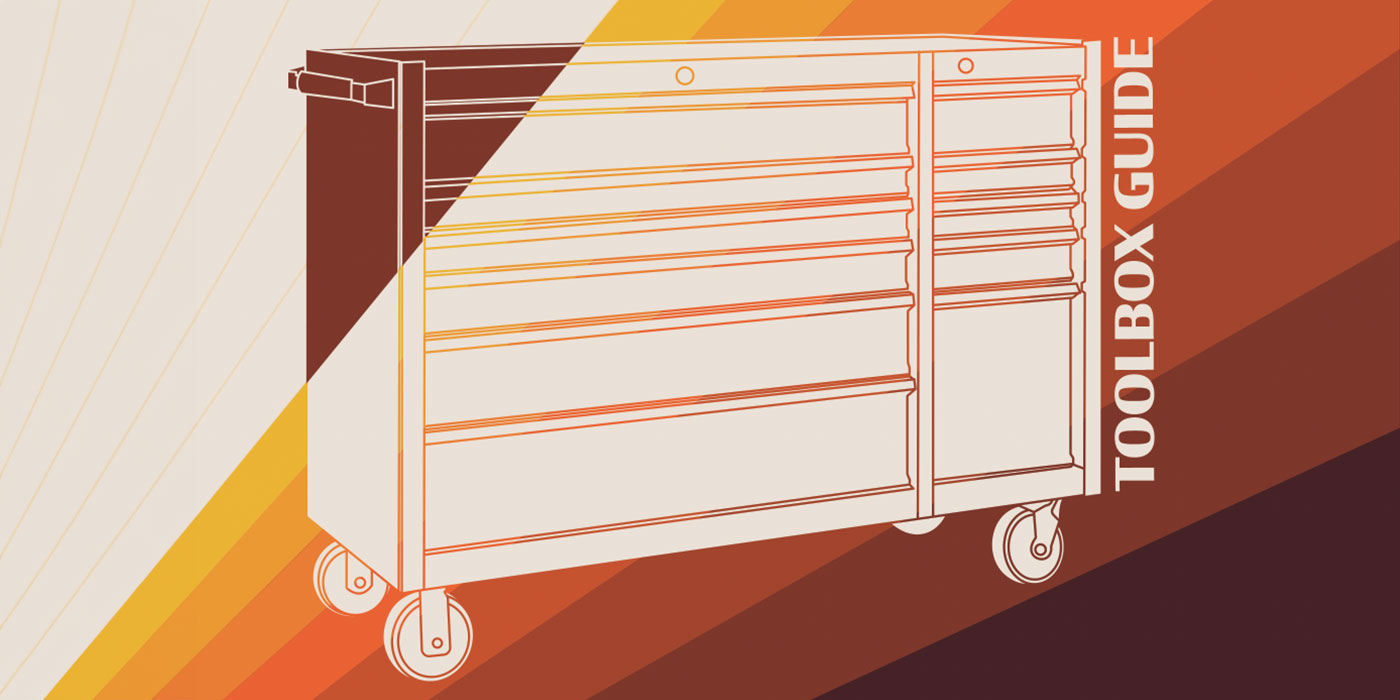
Embracing Cutting-Edge Solutions the Industry has to Offer
Embracing cutting-edge solutions is strategic and imperative for technicians navigating the constantly changing landscape of automotive maintenance and repair.



